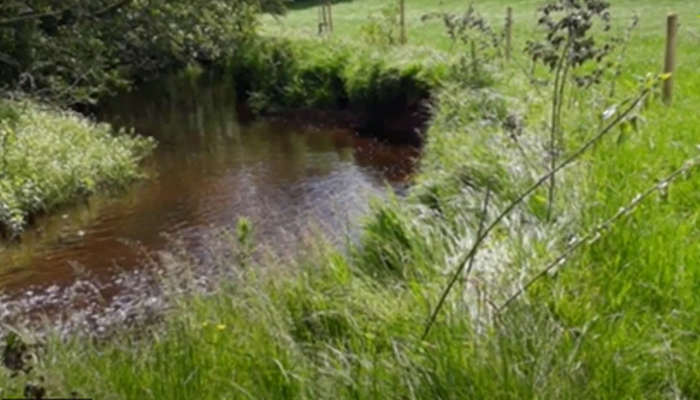10 April 2025
Fence off cattle access points to improve your local river

Fencing off watercourses on farms protects water quality and can improve the ecological quality of a watercourse.
Unrestricted access of cattle to streams and rivers can lead to environmental degradation in your local area. One of the primary benefits of fencing off watercourses is the reduction of direct pollution.
When cattle are allowed to access streams, they can deposit faecal matter directly into the water, introducing pathogens and increasing nutrient levels. This can lead to the deterioration of water quality, posing risks to both human health and aquatic life.
By preventing cattle from entering water bodies, fences act as a barrier that significantly reduces the input of harmful substances. Fencing also helps to minimise sediment and phosphorus loss. Cattle trampling along riverbanks can destabilise the soil, leading to increased sedimentation and phosphorus loss to watercourses after rainfall events due to runoff through overland flow.
Fencing off these areas allows vegetation to recover, stabilising the soil and reducing erosion. Fenced riparian zones can also enhance biodiversity. By excluding cattle, these areas can develop into diverse habitats that support a wide range of plant and animal species.
If there is no access to mains or well water supply on the farm or out farm, alternative options are available such as a solar pump or pasture pump. A pasture pump is adequate for smaller numbers of cattle, up to 15 per pump. If you need to provide water to a larger number of animals, a solar pump is a better option. Both pumps are now grant aided.
In conclusion, fencing off watercourses is a vital practice for protecting water quality and promoting sustainable agriculture. By preventing cattle access, it reduces pollution, minimises erosion, and enhances biodiversity, contributing to the overall health of aquatic ecosystems.
The above first appeared in the Teagasc Environment Advisory Newsletter for April as is message being delivered by the Teagasc Better Farming for Water Campaign – 8 Actions for Change.
Find out more about the Teagasc Better Farming for Water Campaign here.
